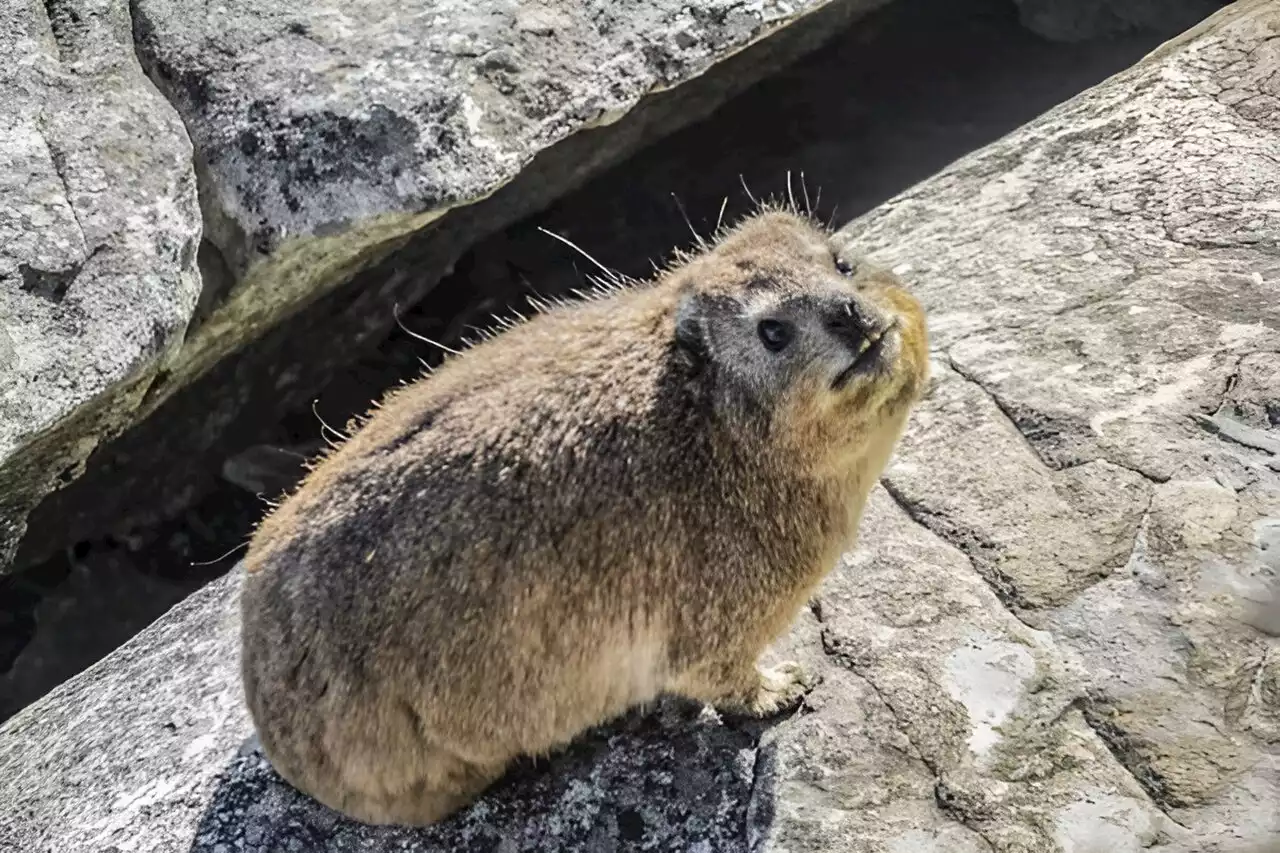If you are allergic to pollen, you are likely to curse the existence of these microscopic particles. You're not alone: up to 30% of the world's population suffers from hay fever, which is often driven by pollen allergies. Shifting global climates are likely to push that figure even higher.
Pollen grains are incredibly durable because they are made of an organic substance that is very resistant to decay. Pollen is released into the air, often in large quantities, and can settle on surfaces like lakes, and become preserved in sediment deposits over thousands, or even millions, of years.
In the lab, we examine the pollen found in these deposits using a microscope. By identifying the different types of pollen grains found within the different layers we can reconstruct the area's vegetation history. Plants grow under specific climatic conditions: for instance, desert plants can grow under low rainfall conditions whereas forest plants need high amounts of rainfall. So we can make inferences about the climate at the time that the pollen was incorporated into the deposit.
As I've said, southern Africa's arid climates mean there are very few large lakes in the region. This makes it a challenge to source deposits that adequately preserve pollen within them over long periods of time. That's whereThese sticky deposits called"middens" accumulate in rock crevices in mountainous areas over thousands to tens of thousands of years and contain beautifully preserved pollen grains.
We are currently generating fossil pollen records from several sites within the Cape Fold Belt mountains of South Africa. For example, we have a midden sequence that covers the last 6,000 years from the Baviaanskloof in the Eastern Cape province. The fossil pollen from this sequence shows that there was a dramatic shift in vegetation about 3,300 years ago, driven by a large fire event and increased temperatures. We're hoping to publish this research soon.
United States Latest News, United States Headlines
Similar News:You can also read news stories similar to this one that we have collected from other news sources.
 The Historical Puzzle of Pollen: A New Frontier for Artificial IntelligenceScientists have developed an AI-powered system for fast and accurate pollen analysis, promising insights into environmental changes and potential relief for hayfever sufferers through enhanced pollen forecasts. An emerging system that combines rapid imaging with artificial intelligence could help
The Historical Puzzle of Pollen: A New Frontier for Artificial IntelligenceScientists have developed an AI-powered system for fast and accurate pollen analysis, promising insights into environmental changes and potential relief for hayfever sufferers through enhanced pollen forecasts. An emerging system that combines rapid imaging with artificial intelligence could help
Read more »
 Lions on the brink -- New analysis reveals the differing threats to African lion populationsNew results reveal that many of Africa's remaining lions live within small, fragmented populations at risk of disappearing. The researchers developed a new framework which integrates ecological and socio-political risk factors to better understand the fragility of these populations.
Lions on the brink -- New analysis reveals the differing threats to African lion populationsNew results reveal that many of Africa's remaining lions live within small, fragmented populations at risk of disappearing. The researchers developed a new framework which integrates ecological and socio-political risk factors to better understand the fragility of these populations.
Read more »
 Accelerating knowledge exchange in African biodiversity genomics and bioinformaticsSince its inception in 2021, the African BioGenome Project (AfricaBP), has made significant gains towards its ambitious goal of sequencing 100,000 endemic African species within the next 10 years. Recently, AfricaBP reported the successful implementation of the Open Institute in the journal Nature Biotechnology.
Accelerating knowledge exchange in African biodiversity genomics and bioinformaticsSince its inception in 2021, the African BioGenome Project (AfricaBP), has made significant gains towards its ambitious goal of sequencing 100,000 endemic African species within the next 10 years. Recently, AfricaBP reported the successful implementation of the Open Institute in the journal Nature Biotechnology.
Read more »
 Pan African proposes dividend, expands renewables, heads beyond 200 000 oz/yThe first 10 MW solar plant at Evander gold-mining operation of Pan African Resources is reducing group all-in sustaining costs (AISC) by more than $10/oz with this number set to increase in coming years as Eskom tariffs continue to escalate, Pan African Resources CEO Cobus Loots said during the presentation of the London- and Johannesburg-listed company’s dividend-yielding 2023 financial results. In May 2023, construction of the group’s second solar plant commenced at Barberton Mines.
Pan African proposes dividend, expands renewables, heads beyond 200 000 oz/yThe first 10 MW solar plant at Evander gold-mining operation of Pan African Resources is reducing group all-in sustaining costs (AISC) by more than $10/oz with this number set to increase in coming years as Eskom tariffs continue to escalate, Pan African Resources CEO Cobus Loots said during the presentation of the London- and Johannesburg-listed company’s dividend-yielding 2023 financial results. In May 2023, construction of the group’s second solar plant commenced at Barberton Mines.
Read more »
 Ancient Shoes: Tracks On A South African Beach Offer Oldest Evidence Yet Of Human FootwearAncient Shoes: Tracks On A South African Beach Offer Oldest Evidence Yet Of Human Footwear
Ancient Shoes: Tracks On A South African Beach Offer Oldest Evidence Yet Of Human FootwearAncient Shoes: Tracks On A South African Beach Offer Oldest Evidence Yet Of Human Footwear
Read more »
 Human emissions shown to drive changes in North Atlantic ocean temperatures, West African rainfall and hurricanesA new climate study led by scientists at the University Miami Rosenstiel School of Marine, Atmospheric, and Earth Science found that temperature fluctuations in the tropical Atlantic Ocean temperature are largely driven by human-induced aerosol emissions, impacting rainfall in West Africa's Sahel region and hurricane formation in the Atlantic.
Human emissions shown to drive changes in North Atlantic ocean temperatures, West African rainfall and hurricanesA new climate study led by scientists at the University Miami Rosenstiel School of Marine, Atmospheric, and Earth Science found that temperature fluctuations in the tropical Atlantic Ocean temperature are largely driven by human-induced aerosol emissions, impacting rainfall in West Africa's Sahel region and hurricane formation in the Atlantic.
Read more »
